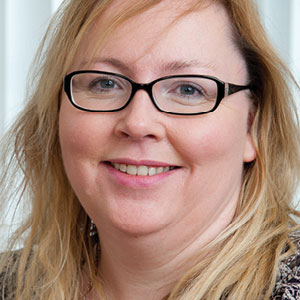GP numbers grow slightly in Wales but partnerships reducing

The number of GPs in Wales has risen slightly since last year, according to official figures which also show there are fewer practices than 10 years ago.
A report from the Welsh government show that as of September 2016, there were 2,09 GPs, up 12 from the previous year and 127 from 2006.
Taking into account GP locums, registrars and retainers there are 2,944 GPs in Wales compared with 2,887 the previous year.
That is around 6.5 GPs for every 10,000 patients, a figure which has remained unchanged in recent years and is broadly similar to England and Northern Ireland although under the eight GPs for every 10,000 patients seen in Scotland, the report said.
The statistics sit within a general picture that show falling numbers of GP partnerships, fewer single-handed practices, more locums and more female GPs.
- In 2016 the number of GP partnerships was 11.1% lower than in 2006;
- In 2016 female GP practitioners accounted for over half (52.4%) compared with 36.1% in 2006;
- In 2016 there were 40 single-handed partnerships, a fall of five from 2015;
- The number of locums increased by 50 to 684 between 2015 and 2016.
The figures were part of a whole series of workforce data showing increases in NHS staffing levels in Wales.
Health secretary Vaughan Gething said: ‘The record numbers of staff we’re seeing in our NHS in Wales is clearly good news and demonstrates the strength of our commitment to the NHS.
‘More qualified nurses; more hospital consultants; more ambulance staff and more GPs is evidence of a government that is investing in the future of its health service.’
He added that the progress was positive but there was more to be done.
‘We have achieved this increase in NHS staff across a wide range of professions in the teeth of continual UK Government cuts to the Welsh Government budget.’
GPC Wales chair Dr Charlotte Jones said: ‘We welcome the increase in the overall figures but they don’t tell us if it means additional capacity in the workforce.
‘The increase in figures could suggest that the Work, Train, Work Live campaign is starting to show dividends.
‘We need to build on this and address the reasons why doctors don’t want to go straight into partnerships.
‘We also need to address workload pressures and other challenges facing partners to enable us to have a workforce that is fit and sustainable for the future.’









